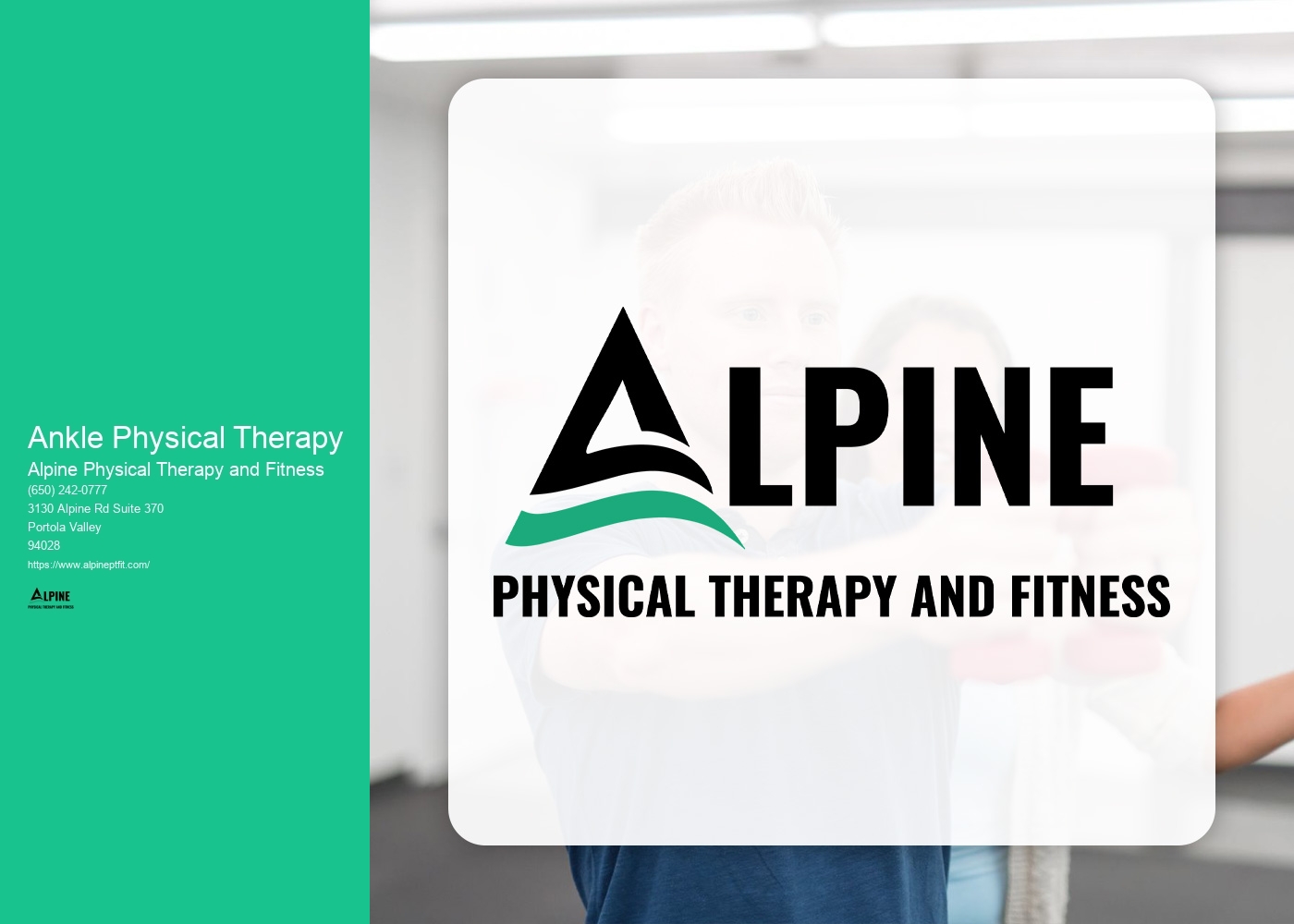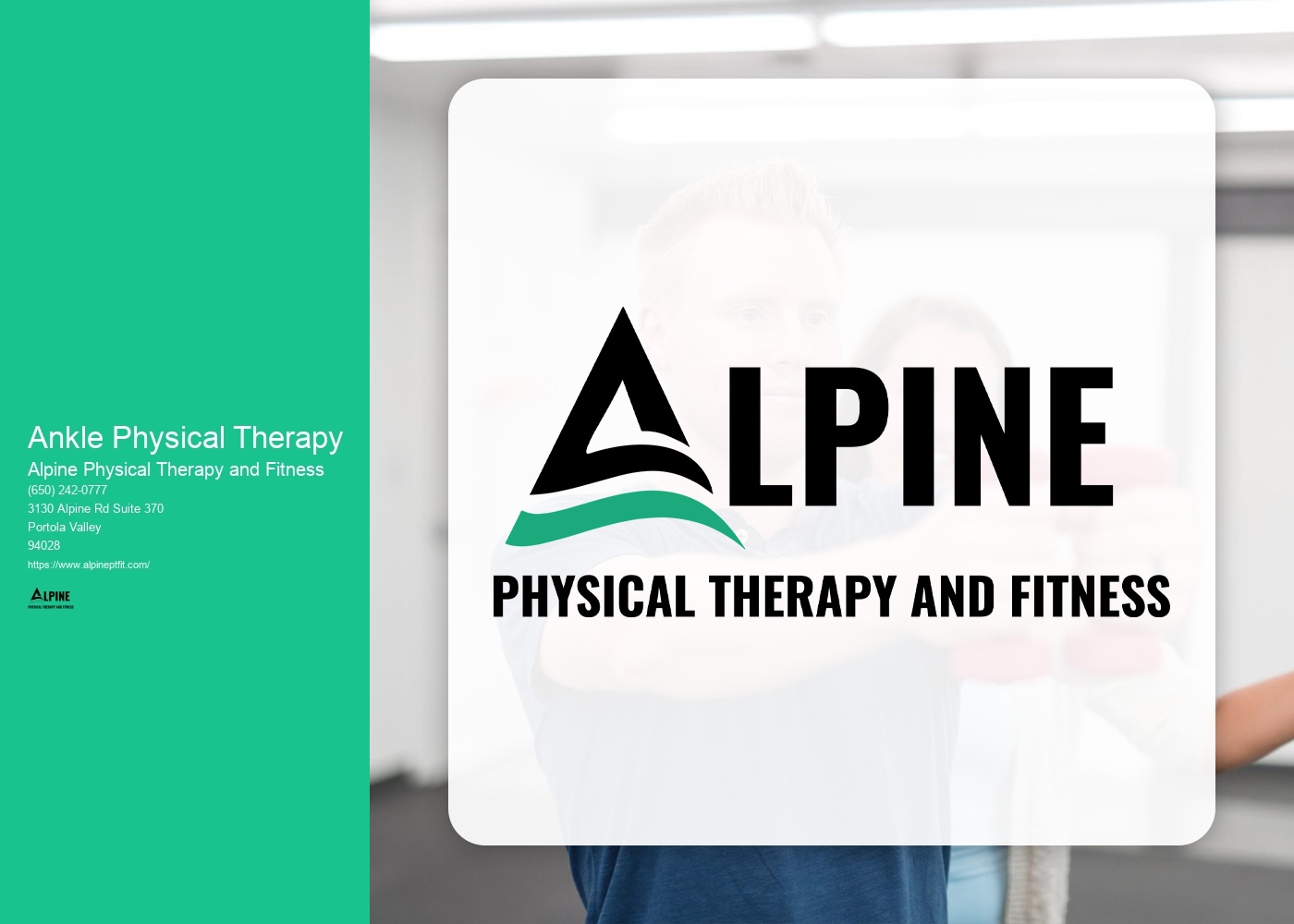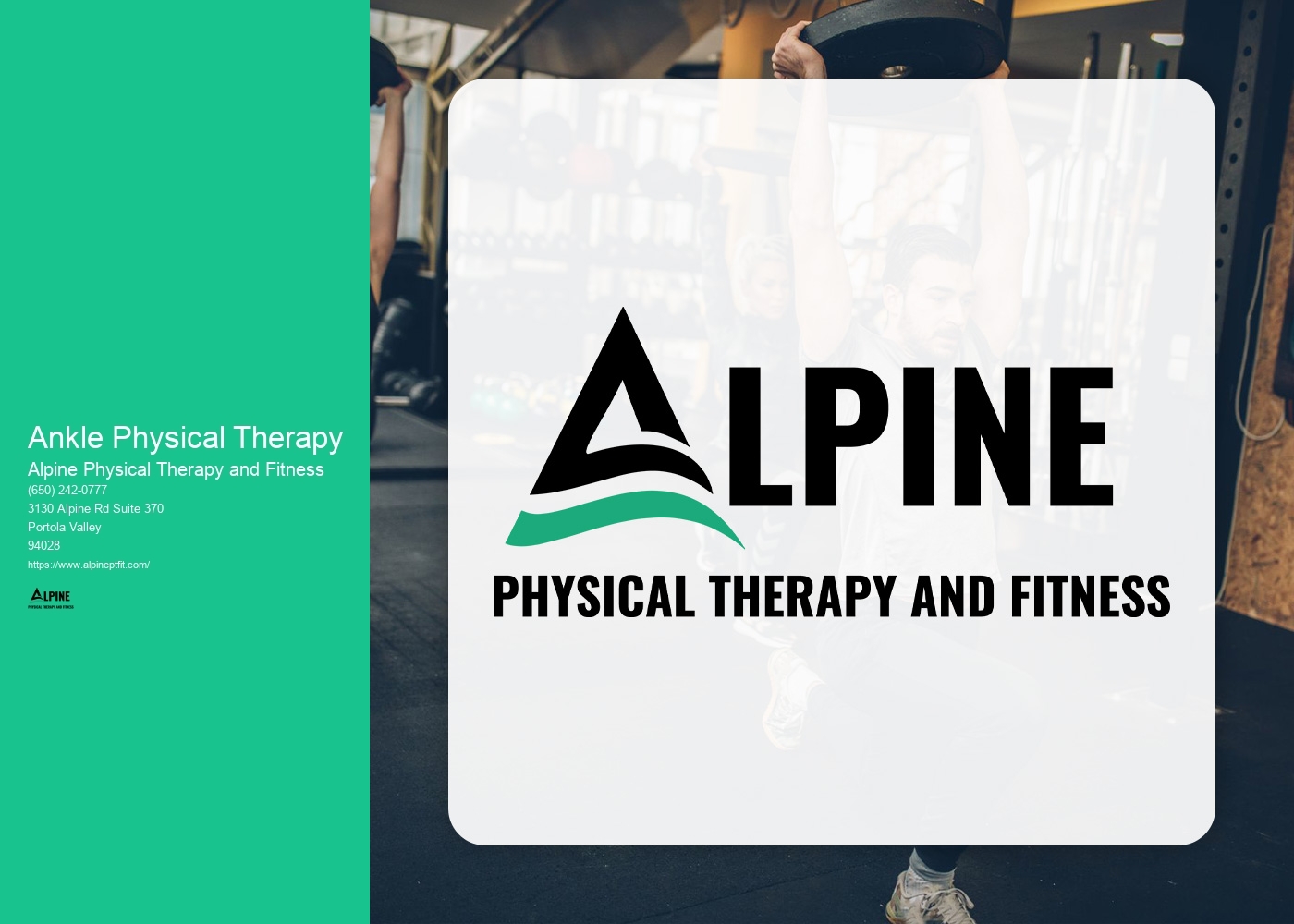

After an ankle injury, there are several exercises you can do to strengthen your ankle. One effective exercise is ankle circles, where you rotate your ankle in a circular motion, both clockwise and counterclockwise. Another exercise is heel raises, where you stand on the edge of a step and raise your heels up and down. Additionally, you can try balance exercises, such as standing on one leg or using a balance board, to improve stability in your ankle. These exercises help to strengthen the muscles and ligaments surrounding the ankle, promoting stability and preventing future injuries.
The recovery time for an ankle sprain can vary depending on the severity of the injury. Mild sprains may take a few weeks to heal, while more severe sprains can take several months. It is important to follow the RICE protocol (rest, ice, compression, elevation) in the initial stages of recovery to reduce swelling and promote healing. Physical therapy may also be recommended to aid in the recovery process and help restore full range of motion and strength to the ankle.
To improve ankle flexibility, there are several stretches you can incorporate into your routine. One stretch is the calf stretch, where you place your hands on a wall and step one foot back, keeping the heel on the ground and bending the front knee. Another stretch is the ankle dorsiflexion stretch, where you sit on the edge of a chair and place a towel under the ball of your foot, then gently pull the towel towards you to stretch the ankle. These stretches help to increase the flexibility of the ankle joint and improve overall mobility.

There are several signs that may indicate the need for physical therapy for your ankle. These include persistent pain or swelling, difficulty bearing weight on the affected ankle, limited range of motion, and instability or frequent re-injury. If you are experiencing any of these symptoms, it is important to consult with a healthcare professional who can assess your condition and determine if physical therapy is necessary. Physical therapy can help address these issues and provide targeted exercises and treatments to promote healing and improve ankle function.
Yes, physical therapy can be beneficial for chronic ankle pain. Chronic ankle pain is often caused by underlying issues such as ligament damage, muscle imbalances, or joint instability. Physical therapy can help identify and address these underlying causes through targeted exercises, manual therapy techniques, and modalities such as ultrasound or electrical stimulation. A physical therapist can also provide guidance on proper footwear, bracing, and activity modification to help manage chronic ankle pain and prevent further injury.

During physical therapy, it is important to take precautions to avoid re-injury. Your physical therapist will provide guidance on proper technique and form for exercises, as well as any necessary modifications or restrictions based on your specific condition. It is important to follow these instructions and not push through pain or discomfort. Gradually increasing the intensity and difficulty of exercises, under the guidance of a physical therapist, can help prevent re-injury and promote a safe and effective recovery.
The frequency of physical therapy sessions for your ankle will depend on the severity of your injury and your individual needs. In general, initial sessions may be more frequent, such as two to three times per week, to address acute symptoms and establish a treatment plan. As you progress in your recovery, sessions may become less frequent, such as once a week or every other week. Your physical therapist will assess your progress and adjust the frequency of sessions accordingly to ensure optimal recovery and rehabilitation. It is important to attend all scheduled sessions and communicate any changes or concerns with your physical therapist.

Physical therapy plays a crucial role in the post-hip replacement rehabilitation process for seniors. It is a specialized form of rehabilitation that focuses on restoring mobility, strength, and function to the hip joint. Physical therapists use a variety of techniques and exercises to help seniors regain their independence and improve their quality of life. These may include range of motion exercises, strengthening exercises, balance training, gait training, and pain management techniques. The goal of physical therapy is to help seniors regain their ability to perform daily activities, such as walking, climbing stairs, and getting in and out of a chair, with minimal pain and discomfort. Additionally, physical therapy can help prevent complications such as muscle weakness, joint stiffness, and falls, which are common after hip replacement surgery. By working closely with physical therapists, seniors can achieve optimal outcomes and successfully return to their normal activities.
Physical therapy can indeed improve performance in professional athletes. By addressing specific injuries or imbalances, physical therapists can help athletes regain strength, flexibility, and range of motion, allowing them to perform at their best. Through targeted exercises and techniques, physical therapy can also enhance an athlete's overall conditioning, endurance, and agility. Additionally, physical therapists can provide guidance on injury prevention strategies, helping athletes avoid future setbacks and maintain optimal performance. With their expertise in biomechanics and movement analysis, physical therapists can tailor treatment plans to the unique needs of each athlete, maximizing their potential and minimizing the risk of re-injury. Overall, physical therapy plays a crucial role in optimizing performance and ensuring the long-term success of professional athletes.
Physical therapy can play a crucial role in addressing chest pain in patients with angina. Through a comprehensive approach, physical therapists aim to improve cardiovascular health, reduce symptoms, and enhance overall quality of life. They may employ various techniques such as aerobic exercise, strength training, and flexibility exercises to improve heart function, increase blood flow, and reduce the workload on the heart. Additionally, physical therapists may provide education on proper breathing techniques, stress management, and lifestyle modifications to help manage angina symptoms. By tailoring treatment plans to individual needs, physical therapy can effectively alleviate chest pain and improve the overall well-being of patients with angina.
Physical therapy plays a crucial role in managing intervertebral disc herniation. Through a combination of targeted exercises, manual therapy techniques, and patient education, physical therapists aim to alleviate pain, improve mobility, and enhance overall function. Specific exercises may include core strengthening, stretching, and postural correction, which help to stabilize the spine and reduce pressure on the affected disc. Manual therapy techniques, such as spinal mobilization and traction, can also be employed to relieve pain and restore proper alignment. Additionally, physical therapists provide education on proper body mechanics and ergonomics to prevent further injury and promote long-term spinal health. By addressing the underlying causes and symptoms of intervertebral disc herniation, physical therapy can significantly contribute to the management and recovery of this condition.
Cardiac rehabilitation is a comprehensive program designed to help heart patients recover and improve their overall cardiovascular health. It involves a combination of exercise training, education, and counseling to address the physical, emotional, and lifestyle aspects of heart disease. The program is typically tailored to the individual's specific needs and may include aerobic exercises, strength training, and flexibility exercises. Additionally, patients receive education on heart-healthy nutrition, stress management, and medication management. The benefits of cardiac rehabilitation are numerous. It helps improve cardiovascular fitness, reduces the risk of future heart problems, and enhances overall quality of life. It also helps patients manage their symptoms, such as chest pain and shortness of breath, and reduces the need for hospitalization. Furthermore, cardiac rehabilitation provides emotional support and helps patients cope with the psychological impact of heart disease. Overall, it plays a crucial role in the recovery and long-term management of heart patients, promoting a healthier and more active lifestyle.